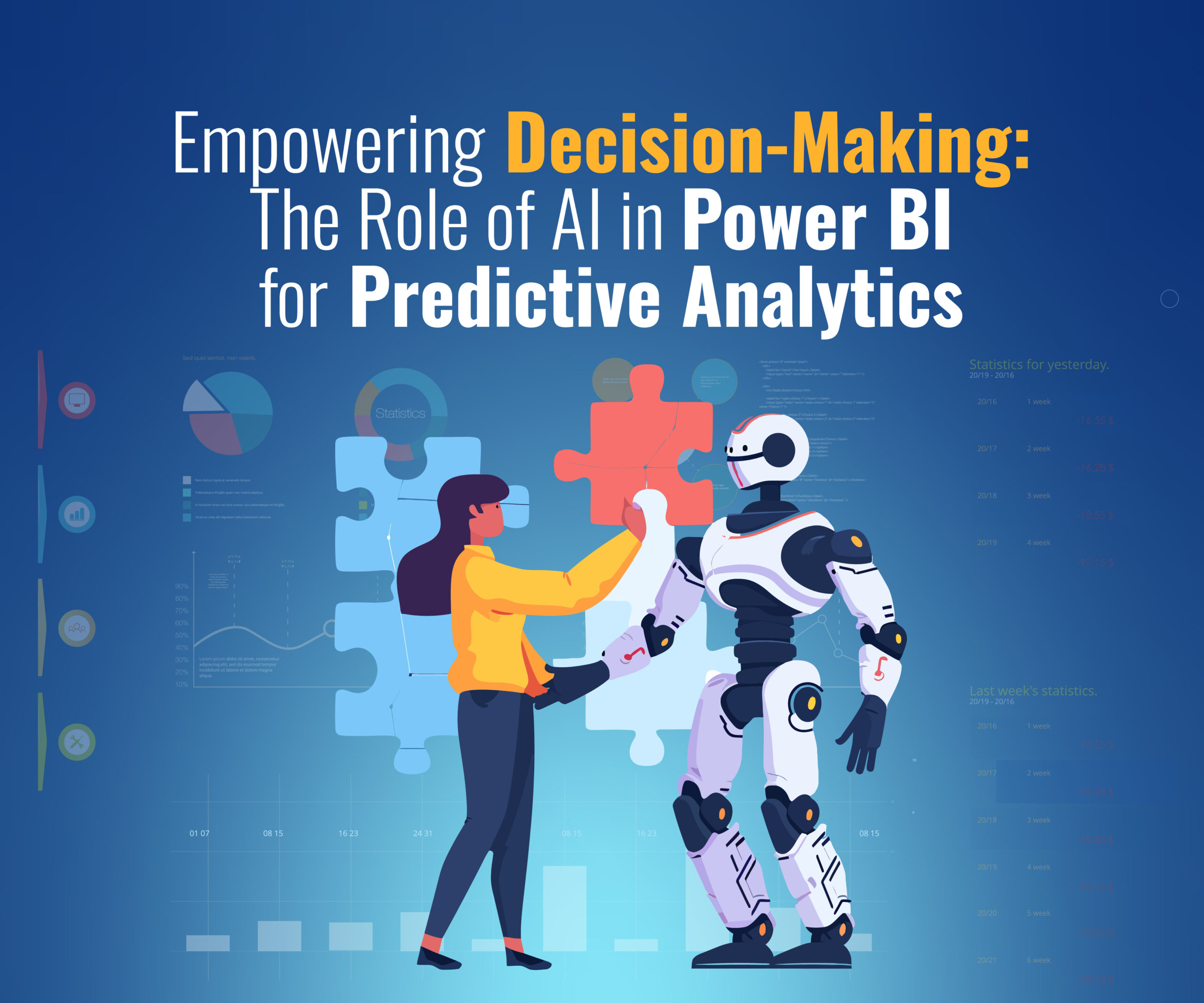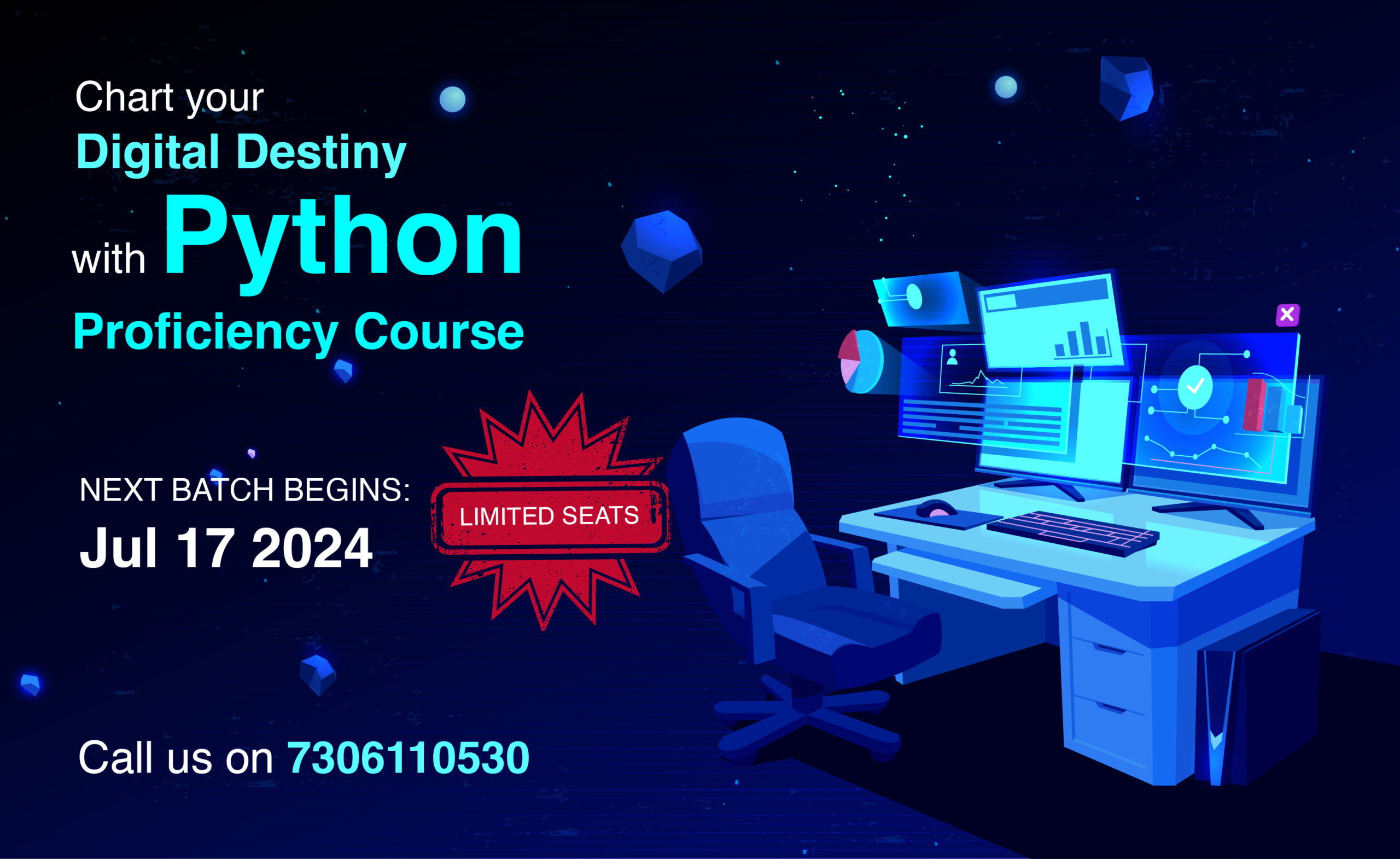A strong business intelligence solution that simplifies data analysis and visualisation is Power BI. Its predictive analytics capabilities and support for R and Python, on the other hand, really set it apart from the competition and let you advance your research. Combining predictive analytics with current facts visualisation software programs like Power BI transforms selection-making processes.
This article explores AI’s essential role in Power BI’s predictive analytics, explaining how it affects decision-making and the cost of data-driven techniques in cutting-edge commercial enterprise settings.
Predictive Analytics and Power BI:
Utilising records patterns and predictive analytics, powered by system studying algorithms, helps companies assign future tendencies, behaviours, and results. Users can hopefully make records-pushed selections by extracting deeper insights from huge datasets by incorporating predictive analytics abilities into Power BI. Power BI’s AI-pushed predictive modelling techniques pass past simple descriptive analytics to help customers rework raw statistics into facts that can be positioned to use.
Proactive Insights for Strategic Planning:
Proactive insights are one of the major advantages of integrating predictive analytics with Power BI. Businesses can predict patron choices, market traits, and operational difficulties in advance. With predictive modelling, Power BI customers may additionally expect viable hazards and possibilities, which allows for early actions and strategic planning. With Power BI’s AI-driven predictive analytics, choice-makers can expect gadget troubles, optimise advertising and marketing efforts, and forecast sales records with self-belief.
Automation for Enhanced Efficiency:
AI improves Power BI choice-making by automating tedious responsibilities and frees up treasured time for strategic analysis. Users of Power BI can expedite the strategies of facts guidance, model education, and insights technology via automation. AI systems do complex calculations and sports concerning sample reputation quickly and exactly, allowing users to concentrate on analysing data and formulating realistic solutions. Organisations can grow decision-making agility and enhance efficiency by adopting automation.
Personalised Insights for Targeted Actions:
Power BI’s AI-powered predictive analytics allows for creating customised insights based totally on the needs of character users. Power BI uses state-of-the-art algorithms that consider every user’s choices and desires to provide customised forecasts, warnings, and suggestions. AI offers users meaningful insights to drive targeted actions and sell commercial enterprise success, whether proposing merchandise for marketing teams or handing over customised income predictions for regional managers.
Continuous Learning and Adaptation:
Another vital function of predictive analytics in Power BI is AI’s capacity to learn and adapt constantly. Algorithms for system mastering develop over time, improving models and forecasts in response to comments and sparkling facts. By improving the precision and dependability of predictive insights through an iterative studying technique, choice-makers can access the latest information to make well-informed selections. Companies foster a subculture of innovation and ongoing enhancement by mixing AI-pushed predictive analytics with Power BI.
Empowering Collaboration and Communication:
Power BI’s AI-powered predictive analytics make it simpler for departments and organisational ranges to collaborate and speak with each other. Power BI allows cross-functional cooperation by offering a single platform for statistical evaluation and introducing insights. This lets many groups synchronise their dreams and plans by drawing on common insights.
Furthermore, AI-driven capabilities like chatbots and natural language processing (NLP) enhance verbal exchange by allowing users to interact with facts and provide insights using simple language commands, democratising access to analytics skills in the agency.
Ensuring Data Security and Compliance:
While AI has many advantages in Power BI’s predictive analytics, companies need to prioritise statistics security and compliance. Ensuring information privacy, protection, and regulatory compliance will become vital as companies accumulate and examine ever-larger volumes of data.
Robust safety features, such as information encryption, admission to controls, and compliance certifications, are incorporated into Power BI to shield confidential information and assure regulatory compliance. Organisations can utilise AI-powered predictive analytics inside Power BI while decreasing the hazard of information breaches and non-compliance with guidelines by adhering to strict records protection and compliance standards.
Conclusion:
Power BI’s AI-powered predictive analytics rework selection-making techniques by providing preemptive insights, streamlining workflows, making tailor-made recommendations, and encouraging ongoing mastering. Businesses can fully harness the capacity of their information by using AI and machine-gaining knowledge. They use the information to tell their choices, giving them an aggressive area and accelerating agency enlargement.
Adopting AI in Power BI for predictive analytics is not just an option in the virtual era; it is a strategic necessity for businesses to flourish as they negotiate an increasing number of aggressive and complex landscapes.









0 Comments